Table of Contents
Granite is a highly appealing material to use throughout your home. It can fit just about any home decor style, and is well-known for both its beauty and durability.
One of the best locations for granite is kitchen countertops. While gorgeous and luxurious, this is a high-traffic area which can easily get dirty. Between cooking, eating, entertaining, and generally becoming a catch-all for items, countertops can get some dirt and grime which will need to be taken care of. Although brand name granite cleaners are available for purchase, at-home versions can be created, with all natural ingredients.
What is granite?
In order to learn how to care for your granite countertops, you should understand exactly what granite is.
Granite is a naturally occurring material created through chemical and physical processes over millions of years. It is an intrusive igneous rock, meaning that it is a result of magma, or lava under the earth, cooling over millions of years. Granite, and other intrusive igneous rocks, typically have large mineral patterning that makes each slab unique.
This is one of the most common stones in the world, with mining quarries on just about every continent. The most prominent granite exporting countries include Brazil, Italy, and India. Each area has their own unique aesthetic characteristics, the result of different mineral deposits creating colorful veining. Granite is a combination of quartz and feldspar, with these mineral deposits creating the different variations.
Granite is highly durable and resistant to the following: heat, staining and scratching.
[get_quote]
As a natural stone, it can remain resistant to extremely high temperatures. It can easily withstand up to 480 degrees Fahrenheit, and perhaps even beyond that. Although resistant, we still recommend using trivets or hot pads for hot pots and pans as while cooking, items can easily go beyond that temperature.
Granite has a ranking of 6 on the Mohs Hardness Scale, which makes it a remarkably hard material. On this scientific scale, materials with a rank lower than 6 will not damage granite.
In terms of stain resistance, it is capable of withstanding most stains with a sealant. This is important to note: without a sealant, granite is not stain resistant and is in fact porous. Even with this sealant, we recommend cleaning up any spilled liquids as harsh substances like wine, coffee or juice can still cause damage.
Granite is available in just about any color under the sun. At Marble.com, there are over six hundred granite countertops available for purchase. Granite can be even further customized, with three main finishes that it can be created in: polished, a high gloss finish; honed, a matte finish; or leathered, a slightly textured finish. Different patterns will benefit from different finishes, for example, a stone with a highly intricate veining pattern will most likely look best in a polished finish while a stone with a consistent design will be at its best when honed.
Let’s take a look at some of the top selling granite from Marble.com:
1. Sucuri White Granite

Sucuri White granite is a consistent speckled granite with a white-grey background dotted in grey and black mineral deposits. The fuzz of this granite’s pattern is extremely unique, making it fit in both as a simple, neutral stone as well as a statement piece if so desired. This stone, as it has neutral coloring, could be used in a variety of home decor situations. We recommend using this in an ultra-modern kitchen, next to geometric cabinets in black or even in a bright color. Spread across a large surface, the small dots may blend together and create the illusion of a medium grey from afar, but as soon as your guests get up close to your counter, they can see the beauty and intricacies of its veining.
2. River White Granite
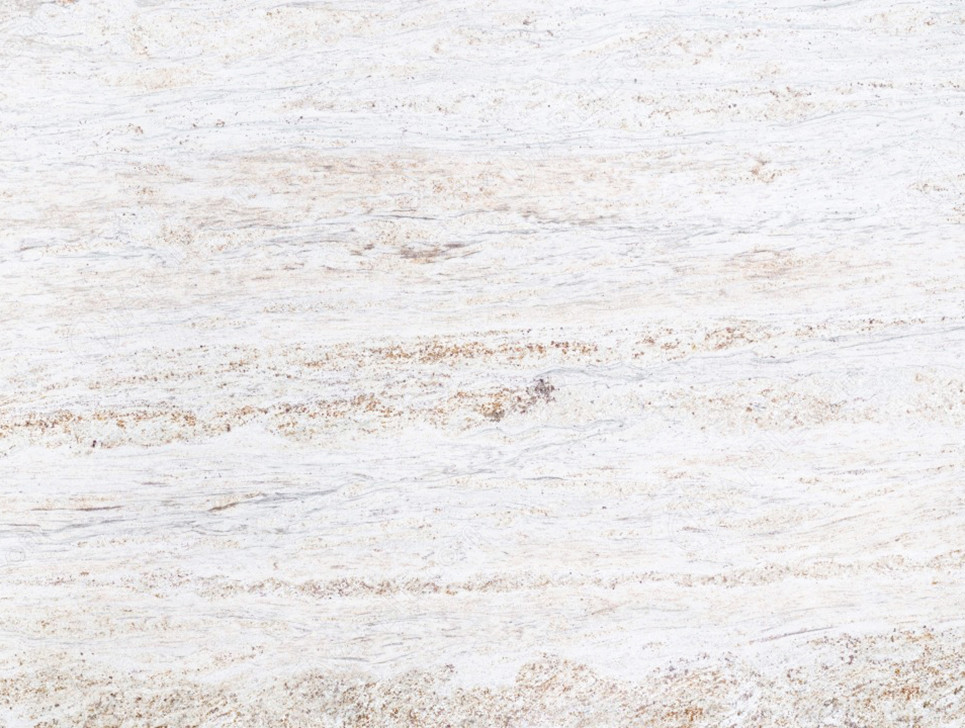
River White granite has valleys and streams of different color minerals spread throughout each slab. Predominantly a cream light color, this beautiful stone is broken up by delicate grey veining mixed with a deep maroon spotting. This is a highly exciting stone, with so much to notice. The grey veins allure onlookers as, while consistently existing across the stone, are inconsistent in shape and size. You never know what you are going to get next with this stone. We recommend using River White in a traditional and contemporary kitchen setting with white cabinets and stainless steel appliances which will help to further bring out the grey in the stone. This is a classic granite which will look beautiful and trendy for years to come.
3. Alaska White Granite
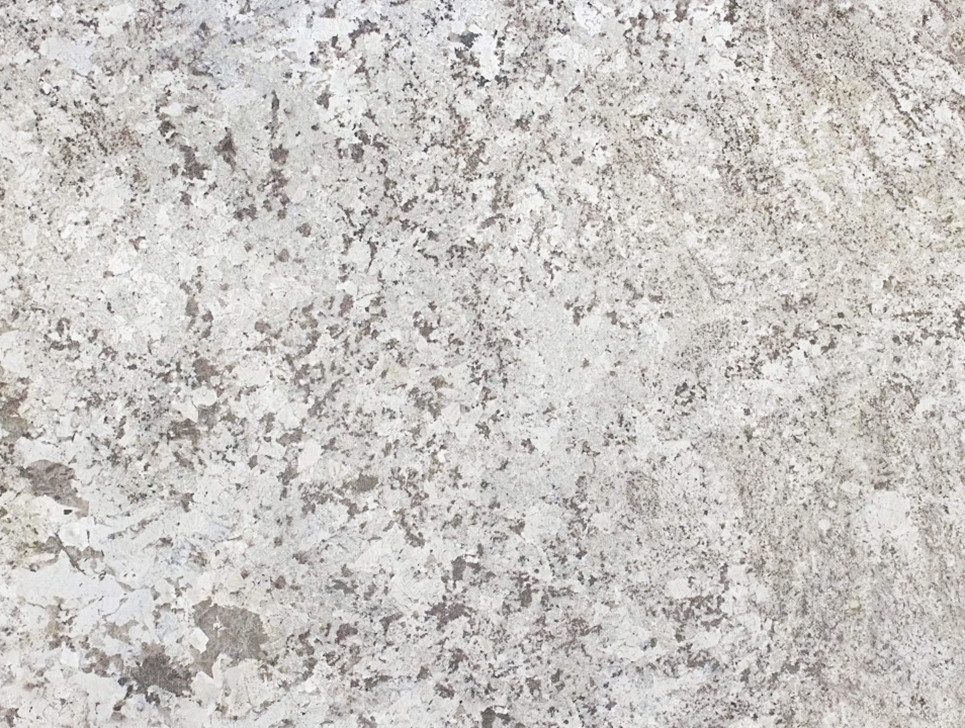
Alaska White granite is an elegant stone that still knows how to pack a punch. This stone is a light grey cream shade with large dark brown spotting. Each slab varies depending on the amount of minerals present in this stone. Some slabs have deeper, almost black spots, while others have lighter taupe spotting. Regardless of which slab you choose, this stone will make an impact and become a centerpiece in your home with its contrasting shades. We recommend using this stone in ways that bring out the coloring of the stone. For example, if there are deep black-brown mineral deposits in the granite, we recommend pairing it with similar colored cabinets. The splotches on this stone are reminiscent of a gorgeous watercolor painting, and can make your home into the newest, trendiest art museum.
4. Oxford White Granite
.jpg)
Oxford White granite is prim and proper. This stone’s innate elegance has created a rise in popularity in the last few years. It is a mostly grey-white stone with black mineral deposits in the form of just about anything you can think of: dots, dashes, full on veining. This is a highly unique stone that still remains mature. Oxford White Granite is proof that maturity doesn’t mean being boring. As a beautiful neutral stone, capable of pairing with anything, the world is truly your oyster when it comes to home decor. Our recommendation is pairing this with classic, traditional white cabinets with more vintage styling. This stone can help harmonize between both vintage and modern styling as it is an extremely classic pattern.
5. Sea Pearl Granite
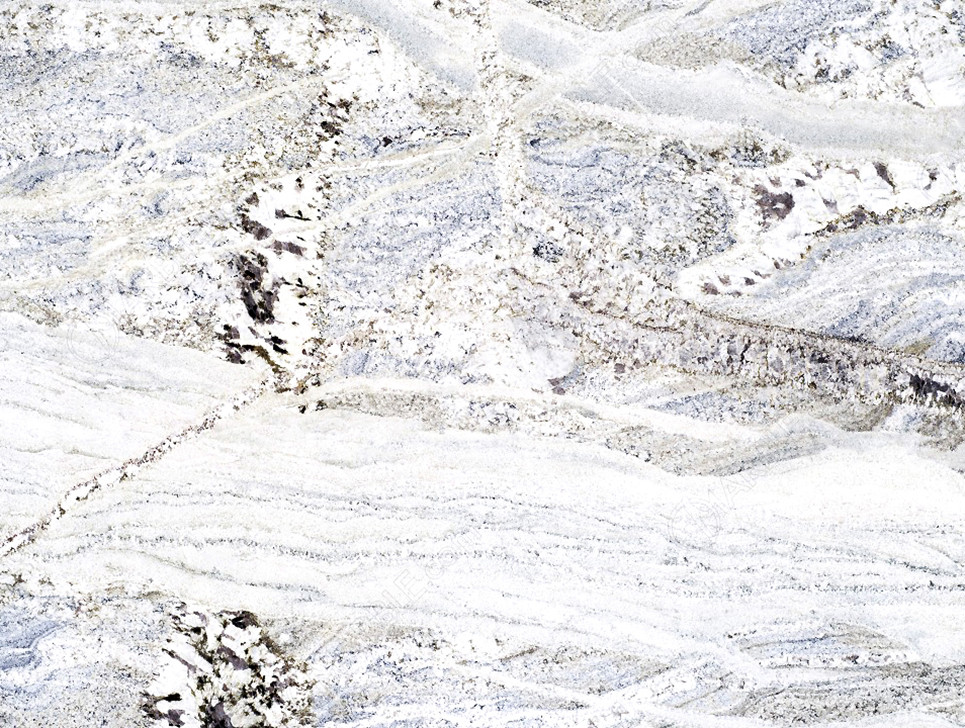
Sea Pearl granite looks like a gorgeous, arctic ocean. The background of this stone is a bright, shining white, but it is adorned with black and blue veining. This color combination creates a gorgeous contrasting appearance which will be the focal point of any home. The veins are delicate but layered in waves, creating an ocean-like appearance like its namesake suggests. The blue in this stone is strong, and from afar, the stone may appear like a light blue shade overall. We recommend using this as a subtle color accent in your kitchen, with the rest of the space more neutral in tone. This is a perfect stone for someone looking to add something special to their home but without the boldness of a brighter colored granite.
[get_quote]
Granite Care
First time home owners may assume that granite requires extremely difficult care instructions, but actually, it is incredibly simple to clean granite.
Typically, it is recommended that homeowners clean the surface of their granite countertops with a brand-name cleaner specifically designed for natural stones. It is extremely important that abrasive cleaners be avoided, such as products that contain bleach or ammonia.
Granite also requires a sealant to be reapplied every 6 months to a year. The amount of time needed between sealer applications depends on the color of granite. For example, lighter colored granite may need to be resealed every six months, while darker colored granite can be resealed less often. To apply a sealant, simply follow the sealant’s instructions, which can easily be conducted by the homeowner.
Although these instructions by themselves are remarkably simple, many people are becoming more aware of the chemical ingredients in their cleaning products. If you are searching to create a cleaner with ingredients you know and understand, look no further. Here are some simple instructions to create a more natural cleaner using ingredients you most likely already have in your home.
Benefits of Creating a Natural Cleaner
We’ve discussed the simplicity of using a brand cleaner, so you may find yourself wondering about the benefits of creating your own at-home cleaner. There are actually a few situations where homeowners may be more inclined to create their own cleaner rather than purchasing one.
Know Your Ingredients
The most obvious reason to create your own cleaner is that you will be able to pick and understand the ingredients you are using. In today’s day and age, many individuals are worried about unnatural chemicals harming their body, their home, and even the environment. By creating your own cleaner using at-home products, you ensure that you completely understand what is being used in your home. This is also helpful if you have an allergy to a common ingredient in brand-name cleaning products; you can ensure that it is not used.
It's Less Expensive
Purchasing brand-name cleaners can get expensive, but most likely, you can create an at-home cleaner using products you already own in your home. Instead of going out and searching for the perfect cleaner which may cost a bit more than you desire, you can mix up some simple ingredients in your kitchen and create a perfectly effective cleaning product.
It's Fun!
This may not be the most important thing to you when it comes to cleaning your home, but it is certainly worth noting! Mixing and creating your own cleaner can be a fun process, and will allow you to even further appreciate the process of cleaning your granite countertops.
How to Shine Granite Countertops with Natural Products
There are a few recipes to create your own granite countertop cleaner, all using ingredients you most likely already have in your home.
Recipe 1
This is the most simple cleaner, and will take next to no effort. Simply mix mild dish detergent and warm water in a solution This is a simple but highly effective cleaning solution which will get the job done, but it won’t have a customized scent or other glamorous elements.
Recipe 2
This recipe is more advanced, and requires the collection of multiple ingredients:
- ¼ cup rubbing alcohol
- 3 drops of dish soap
- Water
- 5-10 drops of your favorite essential oils. Note: Be sure to do your research as some essential oils may be harmful to pets. Also, avoid any essential oils which contain citric acid which has the possibility of damaging your countertop. Later in this article we outline some options for essential oils to add to your cleaner.
- A large 12 to 16 oz spray bottle
After you collect these ingredients, follow the following steps to create your perfect at-home granite cleaner.
- Pour the rubbing alcohol into the spray bottle, followed by the dish soap.
- Add the essential oils
- Fill the rest of the bottle with water
- Shake the bottle to combine ingredients
Once your cleaner is created, simply spray the surface of your countertop and wipe it down with a soft cloth. Just like with brand-name cleaners, avoid using abrasive materials to wipe your counters such as rough sponges or steel wool.
Best Essential Oils to Include in Your Granite Cleaner
0.jpg)
Essential oils are where you as a homeowner get to be creative with your granite countertop cleaner. These wonderful scents will personalize your at-home cleaner, creating a highly unique scent that is not available in stores. You can simply include just one essential oil and have a pure scent, or mix scents to create a dream fragrance. On top of having a wonderful aroma, some individuals believe that essential oils have psychological benefits. Aromatherapy is often employed for sharpening certain emotions or senses. For example, basil essential oil is thought to sharpen concentration.
If you have pets, we recommend avoiding certain essential oils. Do your research for your own specific kind of pet to see if it could be potentially harmful to your furry friends.
Note: Before you use specific essential oils for medical purposes, talk to your doctor. While there are many individuals who believe in physical benefits of essential oils, there are also many individuals who believe essential oils are just psychological placebos. Be sure to do your own research before using any essential oils.
Our Top Picks for Essential Oils:
- Bergamot
- Cardamom
- Chamomile
- Eucalyptus
- Ginger
- Lavender
- Patchouli
- Rose
- Sandalwood
- Tea Tree
- Much, much more
What To Avoid in Your Cleaner
While there is room to get creative with the fragrance in your granite cleaner, there are a few things you should absolutely avoid.
The most important ingredients to avoid include abrasive, harsher ingredients like bleach, ammonia, vinegar, citric acid, or hydrogen peroxide. These ingredients may be helpful in other spots in your home, but for your granite countertops it can cause damage. The chemicals in these ingredients may react with the minerals in your granite, to disastrous effect.
You should also avoid brand name cleaners that contain these ingredients. Some brands to avoid include:
- Windex
- Clorox
- Formula 409
Common Granite Countertop Mistakes
There are a few common mistakes that beginners make when it comes to caring for their new granite countertops.
Improper Cleaning Methods
The most common mistake homeowners make in relation to their granite countertops is conducting improper cleaning methods. We have discussed our top tips for cleaning granite countertops, including what ingredients to include and what ingredients to avoid, but there are a few other things to remember.
For one, do not use hard items to scrub the surface. Treat your granite countertops with love and care, and wipe it down with a soft cloth. Do not use rough sponges, steel wool, brillo pads, or other hard and abrasive physical materials. You may feel that to remove dirt and grime you need to put all your elbow grease into scrubbing your granite surface, but that is not the case. Your granite countertop needs to be wiped softly and without strong physical force.
Another thing to consider is how often you intend to clean your countertops. Typically, a good rule of thumb is a simple wipe down once a day with warm water and mild dish soap. Once a week, get a deeper clean with an actual granite cleaner, either a brand-name one or the one the recipe we described previously. If desired, you can also apply a polish once a month to ensure that polished granite maintains its beautiful shine.
Improper Sealant
Another important element of granite countertop care is the sealant. A sealant is required in order to ensure the surface is stain resistant, and liquids do not soak into your countertop’s pores. Be sure to follow proper sealant instructions, as we have described previously.
It can be easy to assume that your sealant is still effective, but you should still properly reseal your countertop. Conduct a water drop test to see if it absorbs into your countertop. Follow the instructions on your sealant solution, as some sealants have differing instructions. For example, some sealants require your countertop to sit without use for 24 hours after applying the sealant.
Carelessness
While granite countertops are strong and durable, they are not unbreakable. Granite countertops are meant to be used as a table, not as a chair. While they do not typically crack or chip, it can happen if intense pressure is applied to it. For example, do not jump, sit on, kneel on, or put extremely heavy objects onto your countertop. These damages can be easily avoided if you treat your countertops with the care it deserves.
[get_quote]
Not Cleaning Up Spills
Another common mistake is leaving liquid and food spills on your countertop. Remember, granite is not completely unsusceptible to damage. While staining is rare, if oily or harsh substances are left on your countertops it may create discoloration. Some common betrayers of granite countertops include:
- Coffee
- Toothpaste
- Juice, specifically juice containing citrus fruit
- Red wine
Not Using Hot Pads/Coasters
While heat damage is extremely rare on natural stone features, it can still occur. When using hot items next to your granite countertops, you should still employ a hot pad or trivet to protect your counter surface. While you are likely safe from damage, it's better to be safe than sorry.
You should also use coasters under drinks in order to prevent potential water rings. Although rare due to the sealant used, it is still always a possibility.
Not Using Cutting Boards
Just like the possibility of staining and heat, it is likely you will rarely have to worry about scratches or chipping in your granite countertop. It can still potentially occur, thus we recommend using a cutting board while cutting or chopping items. This will protect both your countertop as well as your knives.
Conclusion
Granite is one of the most beautiful stones available for countertop usage. It is a highly durable and gorgeous material, which comes in a wide variety of shades. On top of those fantastic characteristics, it is also easy to care for and only requires a simple wipe down and a sealant. Many individuals in the 21st century have grown concerned with the ingredients in their cleaning products, whether for environmental reasons, financial reasons or health reasons. If you find yourself checking the ingredients list with a fine tooth comb, you may want to consider creating your own natural cleaner for use on your granite countertops. Using just ingredients that could be found around the home, this is a great alternative to store bought cleaning products. Create a fun, fragrant cleaner using essential oils and protect your countertops from dirt and grime for years to come.










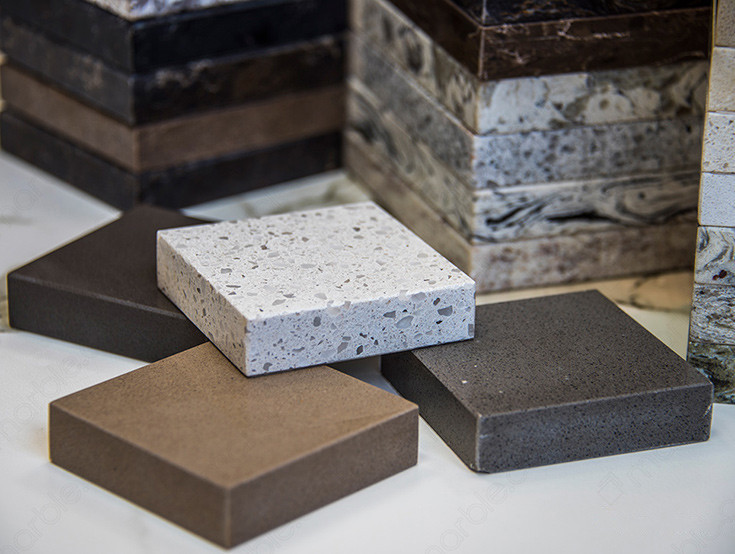



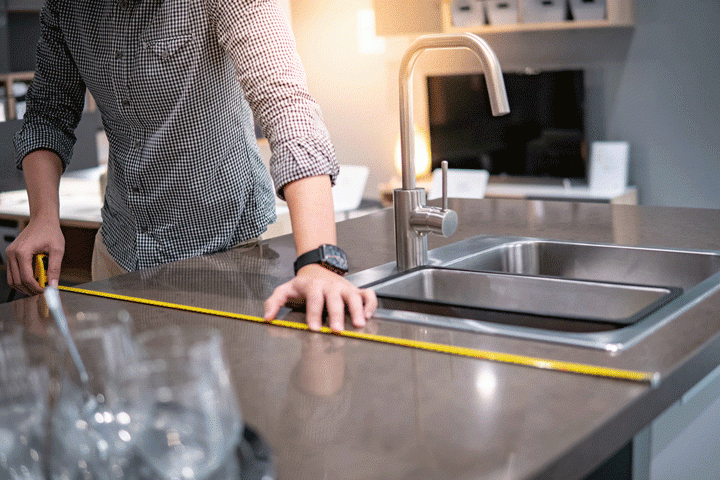

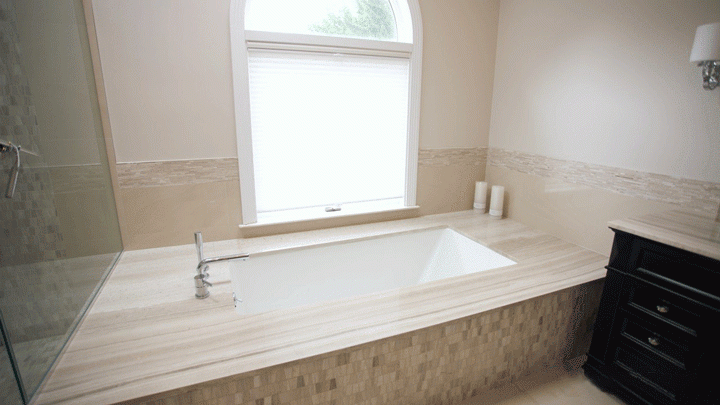
 The article helped me immensely
The article helped me immensely
 I’m now more informed on the subject
I’m now more informed on the subject
 I have questions about Marble.com
I have questions about Marble.com
 The article was not accurate at all
The article was not accurate at all
 There is a serious lack of information
There is a serious lack of information
 I have questions about Marble.com
I have questions about Marble.com